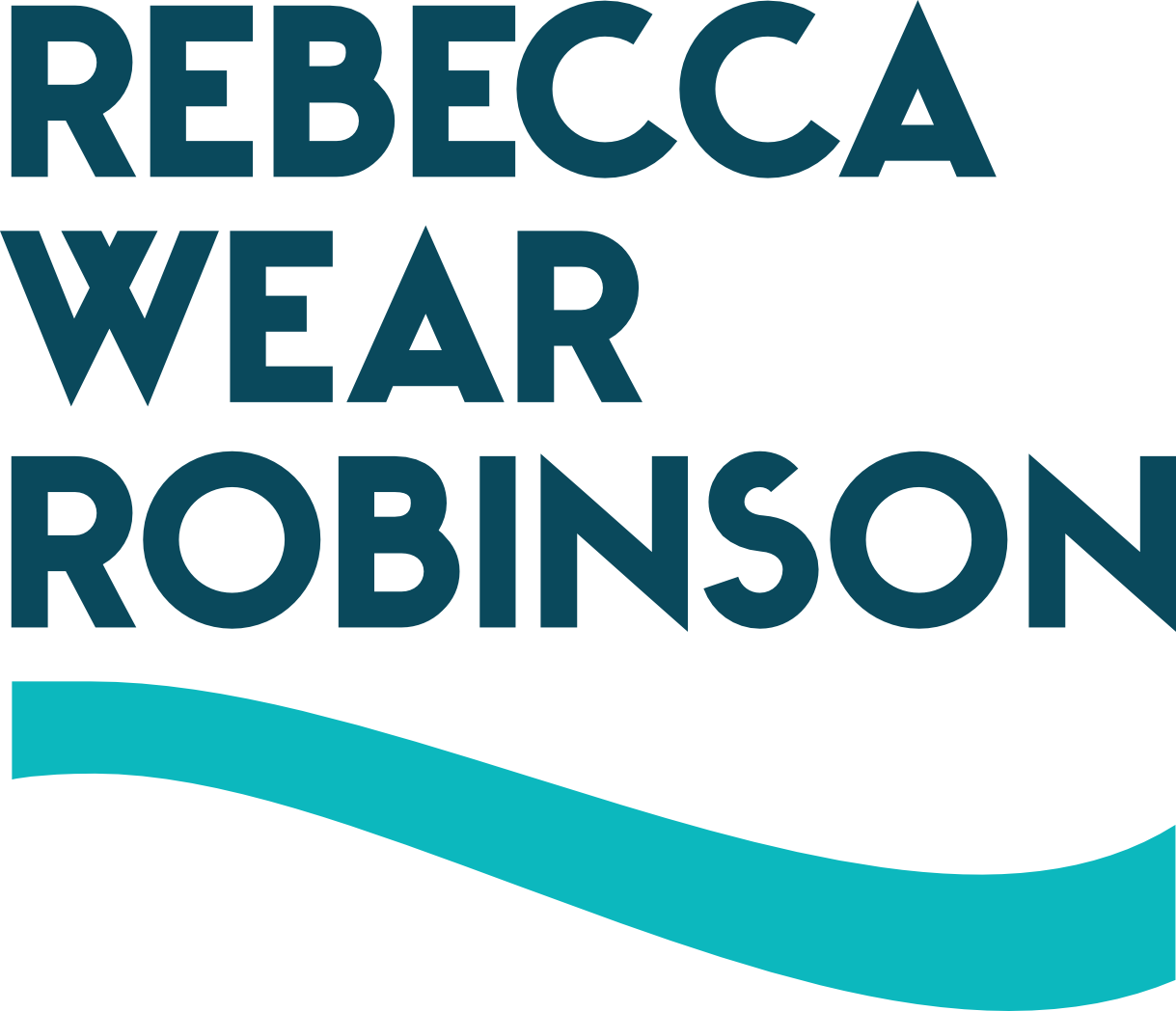As Simple As Soap
why simple solutions are often the most effective, and overlooked
The single most effective global health strategy is washing hands with soap and water. Plain old soap. Not antibacterial. Not hand sanitizer. Not even fancy soap, just soap.
So simple. So cheap. So effective. Should be a no-brainer.
According to the Center for Disease Control and Prevention, “regular handwashing is one of the best ways to remove germs, avoid getting sick, and prevent the spread of germs to others.” One visit to globalhandwashing.org to learn about all the diseases knocked out by soap and water and you’ll elevate your humble bar of soap to superpower status. Economically, soap and water has a return on investment of 16 times the amount spent.
Even better, soap has other benefits. A new study showed that a dash of liquid soap can make insecticides more effective against malaria-transmitting mosquitoes, increasing mosquito mortality from 30% to 100%. Even assembling IKEA furniture is easier with soap!
We have reams of data about the benefits of handwashing with soap and water, but only 2% of the global population wash their hands consistently and 97% of people don’t wash their hands correctly.
So why isn’t handwashing the norm, not the exception?
The challenges in creating sustainable behavior change in something as simple as washing hands apply to pretty much every societal change, global health issue, and injury prevention. Too often we focus on complex expensive solutions instead of aggressively and effectively marketing simple behavior change.
It’s not just handwashing. Life jackets have not been effectively marketed, even though they reduce the chance of drowning in a boating accident by 90%. Turning masks into a political football instead of a public health initiative led to 30% higher death rates in states without mask mandates.
Effectively marketing behavior change does work. Seatbelts have been effectively marketed and widespread usage has cut traffic fatalities in half. The Don’t Mess With Texas littering campaign cut littering by 72%. Swim lessons resulted in a decrease in drowning rates of 92%.
Communication
How often do you hear about handwashing? No good marketing. Yes, the World Health Organization has World Hand Hygiene Day. It’s May 5, did you know about it? UNICEF. The CDC. The initiatives are clinical, sparsely disseminated, and make little effort to engage emotions.
Implementation
There are real challenges. 50% of healthcare facilities in the least developed countries lack a basic water supply. 3 billion people around the world don't have access to soap and water at home. 900 million schoolchildren around the world don’t have a handwashing area with soap and water in their school. 63% of the population of sub-Saharan Africa does’t have reliable access to soap and water.
Key barriers? Clean water. Access to water. Availability of soap.
Which leads us to the importance of….
Collaboration
Handwashing advocates should be collaborating with every single clean water initiative. Education programs. Every single global health program. And especially with corporations that produce soap - good grief, that’s offering an opportunity to increase market share by almost half the world’s population, if that’s not an easy sell to a corporation, I don’t know what is.
Think creatively. Activists focusing on climate change, reducing use of plastics, improving the environment - work with them to push marketing of plain old soap, sold without packaging, or in paper packaging, to cut the use of plastic, cut the use of chemicals (hand sanitizers, fancy cleaning products). Be creative in who benefits from the change.
Competition
Know your competition. It’s the big consumer product companies, unless you can convince them that increasing market share of 3 billion people, and dramatically increasing the use of soap, therefore the amount of soap purchased, offsets miles of fancy bottles for a smaller population.
Think of a cause you care about. What is the simple behavior change that would make a difference?

